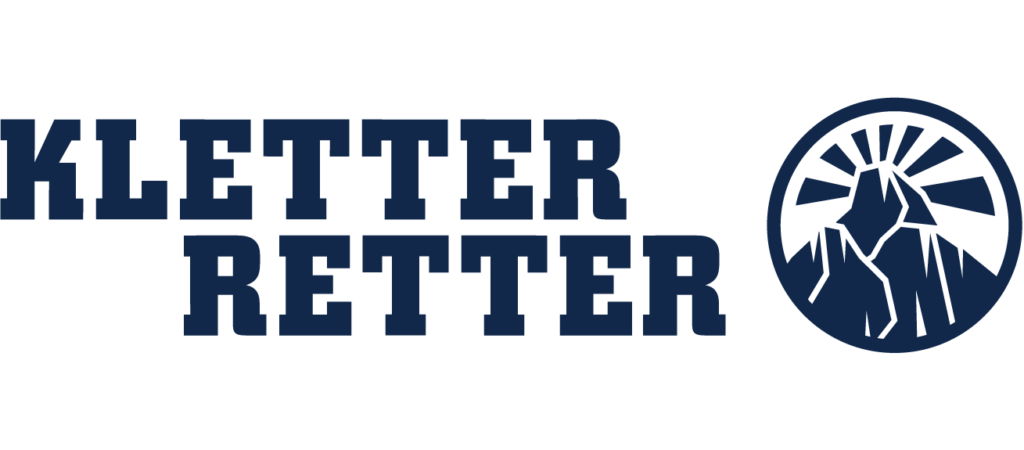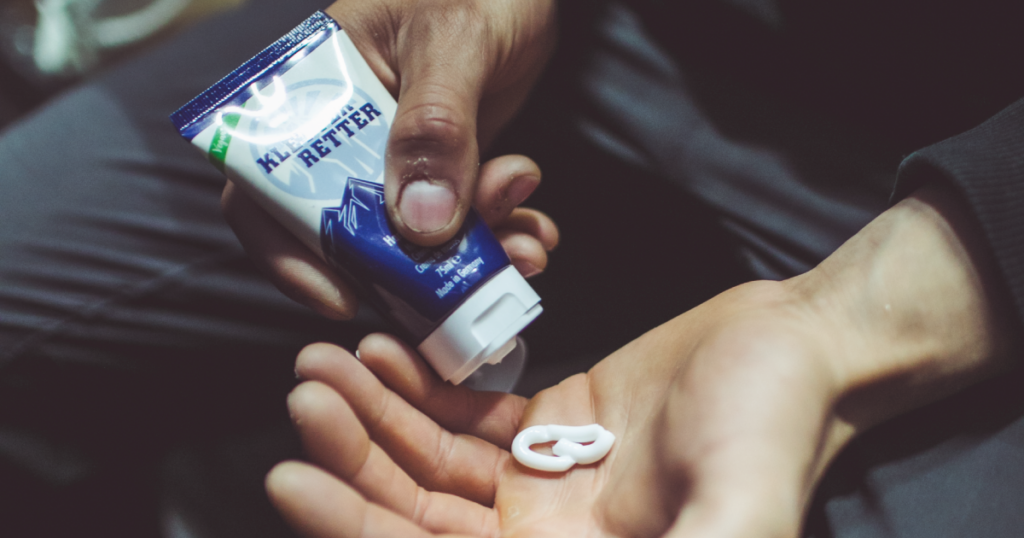Expert Blog
Skin care routines
Caring for your hands doesn’t have to be complicated, but it does have to be consistent. A smart routine can mean fewer injuries, faster healing, and more days on the wall.
Before climbing: prep for performance
The goal with skin preparation before climbing is to reduce skin stress and maximise grip without compromising skin health.
Step-by-step:
- Wash your hands: use soap to remove excess oil and improve chalk function
- Check your hands: if you have any splits, loose calluses, or tender spots before climbing, you should address them before you warm up.
- File calluses if needed: use a skin file to smooth sharp edges and flatten thick calluses, especially on your fingers. Just don’t overdo it!
- Use tape where needed: apply finger tape to protect existing wounds, support joints, or prevent flappers on sensitive skin.
- Optional: For dry skin, use a very small amount of KletterRetter hand cream at least 30–60 minutes before climbing (never immediately before).
During climbing: monitor and adjust
The goal with monitoring your skin during climbing is to keep an eye on any potential injuries.
Tips during climbing:
- Watch your tips: if you feel friction burn or your skin getting thinner, consider adjusting your grip or using tape
- Use chalk smartly:
- For sweaty palms: start with liquid chalk or cream chalk to form a base layer and then layer your hands with chalk as required.
- Avoid over-chalking, because it can excessively dry out your skin
- Take micro-breaks: let your skin rest between attempts on sharp holds. Even a few minutes makes a difference.
After climbing: repair and restore
This is where skin recovery really happens. If you take the time to repair and restore your skin after climbing you will reap the benefits in future sessions.
Post-session routine:
- Wash your hands gently and thoroughly with lukewarm water and mild soap. Avoid harsh disinfectants. Pat or air dry your hands.
- Assess the damage: do you have any flappers, cuts, or painful calluses?
- Apply KletterRetter Repair Balsam to open skin, cracks, or worn-down tips
- Use KletterRetter hand cream to rehydrate and support repair if skin is dry or tight
- File again if needed, but only if new edges have formed. Never file irritated or raw skin.
- Bonus step: use an acupressure ring for 5–10 minutes to promote blood flow and speed up healing
Weekly maintenance routine
A consistent weekly rhythm keeps skin balanced and healthy.
| Day | Action |
|---|---|
| Training days | Trim long nails and loose skin. Lightly file hard calluses and tape sensitive spots |
| Rest days | Regular moisturising with KletterRetter hand cream, KletterRetter foot cream and KletterRetter Repair Balsam |
| Filing days | Full file session with a skin file |
| Recovery days | Massage with an acupressure ring for improved circulation. Check and treat wounds. |
| Outdoor days | Don’t forget to apply sunscreen |
Every 1–2 weeks:
- Fully check and trim both your finger nails and toe nails. Finger nails grow up to two to three times faster than toe nails, so they need attention more often.
- File your calluses, and cracked heels (don’t forget your feet) to keep them smooth
- Apply KletterRetter foot cream at night to reduce dryness and pressure points caused by climbing shoes
Rest is part of your routine
Don’t ignore red flags like burning finger tips, skin that feels polished, splits or tears. Sometimes the best hand care is a day off. Skin regenerates on rest days.
Hydration
Climbing dehydrates you fast, especially during long sessions or on hot days. But few climbers realise how much this affects their skin.
Dehydrated skin becomes brittle and prone to cracks and splits where well-hydrated skin stays elastic, heals faster, and tolerates friction better.
What to do:
- Drink 500–750ml per hour of climbing, more if it’s hot and you’re sweating heavily
- Don’t wait until after your session. You should start hydrated and sip throughout your workout.
- Add electrolytes during longer sessions to help with absorption and recovery
Signs you’re not drinking enough:
- Tight, flakey fingertips
- Chronic skin splits
- Sluggish wound healing
- Dark urine or headaches after climbing
Skin care isn’t just what you put on your hands, it’s what you put in your body, too.



